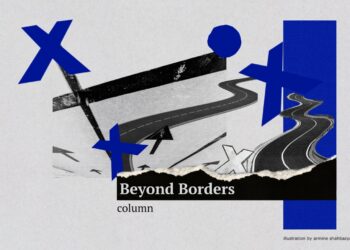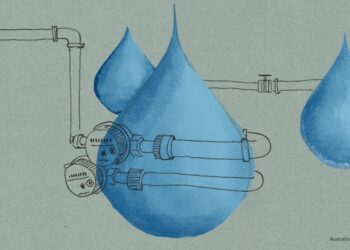Baku Ramps Up So-called “Zangezur Corridor” Rhetoric
In EVN Report’s news roundup for the week of March April 18: Baku ramps up so-called “Zangezur Corridor” rhetoric; Armenian and Azerbaijani diplomats meet in Ankara and Tbilisi; Pashinyan continues to push peace agenda, and Vardan Ghukasyan reclaims Gyumri mayoralty.











